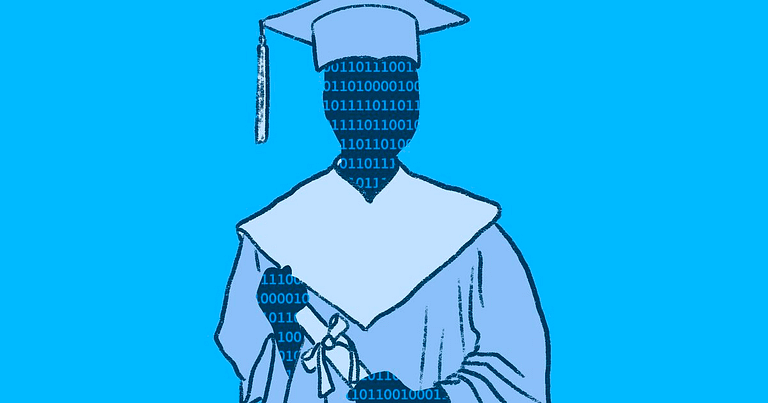The world of education is rapidly changing, and artificial intelligence (AI) is playing a major role in this transformation. AI-powered chatbots, such as ChatGPTs, are becoming increasingly popular among educators who are looking for new ways to engage their students and make learning more interactive. But what do educators think about these revolutionary tools? Here’s a look at the challenges and charms of using ChatGPTs in the classroom.
ChatGPTs are AI-powered chatbots that can simulate conversations with humans by understanding natural language input from users. They use machine learning algorithms to generate responses based on the user’s input, allowing them to have meaningful conversations with people without any human intervention. This makes them ideal for educational purposes since they can provide personalized feedback to students quickly and accurately.
One of the biggest advantages of using ChatGPTs in the classroom is that it allows teachers to focus on teaching rather than spending time answering questions from individual students or groups of students. With a chatbot handling all student inquiries, teachers can spend more time engaging with their class instead of dealing with mundane tasks like responding to emails or grading assignments. Additionally, because ChatGPTs understand natural language input from users, they can provide tailored answers depending on each student’s level of understanding – something that would be difficult for an educator alone to achieve in real-time during class hours!
However, there are some drawbacks associated with using ChatGPTs in classrooms too – namely privacy concerns surrounding data collection and storage by third parties involved in providing these services; potential bias due to preprogrammed responses; and difficulty scaling up when faced with large classes or multiple subjects being taught simultaneously. Educators must also consider how best to integrate these technologies into existing curriculums while ensuring compliance with local regulations regarding data protection laws before introducing them into their classrooms!
Despite these challenges though, many educators believe that incorporating AI-powered chatbots like ChatGPT into their lessons has numerous benefits which outweigh any potential risks posed by its usage – especially when used responsibly alongside other traditional teaching methods such as lectures or group discussions! For example: it encourages active participation amongst learners; provides instant feedback; helps reduce teacher workload; increases engagement levels between teacher/student interactions; enables personalized instruction through customized content delivery according to individual needs etcetera… Allowing teachers access control over what topics/questions should be discussed via automated conversation further ensures safety & security within school environments whilst still enabling effective communication between both parties involved!
Overall then – although there may be some initial teething problems associated with implementing AI technology within educational settings – most experts agree that if done correctly & responsibly then utilizing advanced conversational systems like those provided by companies such as ‘Chat Gpt’ could revolutionize how we teach our children today & help prepare them better for tomorrow’s everchanging world!
South China Morning Post






